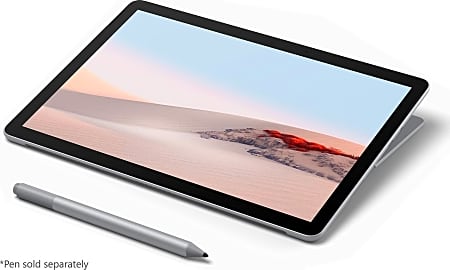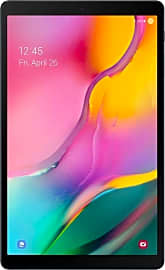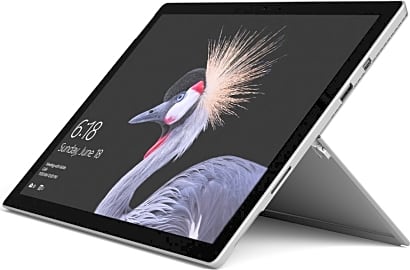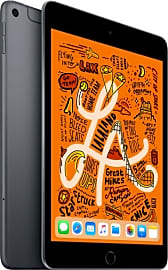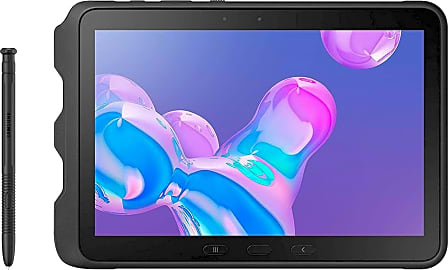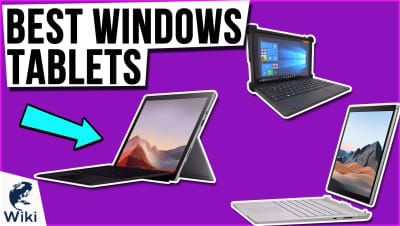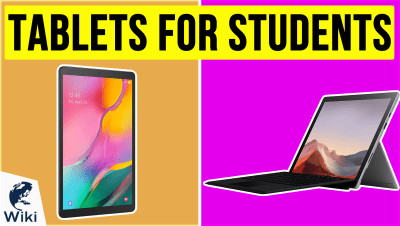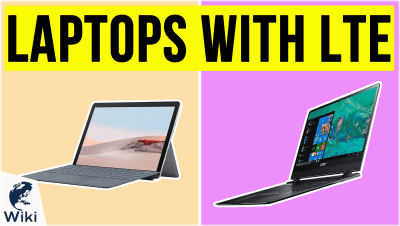The 10 Best Tablets With LTE

This wiki has been updated 23 times since it was first published in August of 2019. While there are fewer tablets to choose from today than in the past, what's out there is of a higher quality than ever. Modern models are designed to run entertainment and business software, while also offering gigabit-class, 4G LTE connectivity. These options should satisfy anyone who wants to use video chat, the World Wide Web, or major streaming services wherever they have a cell signal. When users buy our independently chosen editorial recommendations, we may earn commissions to help fund the Wiki.
Editor's Notes
August 21, 2020:
In different ways, the tablet market is simultaneously somewhat thin and full of interesting options. Essentially, there are three main types of tablets manufactured with LTE connectivity: iPads, Android tablets, and Windows computers masquerading as tablets.
The value judgments of the latest iPad generation hold up well; the Apple iPad Pro is impressive but costly, the Apple iPad 7th Generation is reasonably priced if slightly bland, and the Apple iPad Mini is the best 4G-connected compact model out there. The Apple iPad Air, meanwhile, has proven to fill an important spot in the venerated device's lineup, as it combines some of the best features of the Pro with the reasonable cost of lesser variants. For what it's worth, any of iPads are well known to offer better performance than Android models overall.
As far as Android tablets, be especially wary about unknown or sketchy-looking brands. In fact, it's no mistake that the only 4G Android tablets we've recommended come from Samsung, who is obviously reputable and has far an away more focused Android experience than other manufacturers. The Samsung Galaxy Tab S5e is an all-around good performer at a reasonable price, and while the Samsung Galaxy Tab S6 Lite makes some sacrifices in comparison, it actually doesn't make many. The Samsung Galaxy Tab A, on the other hand, does sacrifice considerable performance power compared to the others, but it offers something almost no others can: the ability to make and receive phone calls and text messages. Most tablet manufacturers are removing this feature from their new releases, but some international versions can be found that still allow it.
Then there are the Windows PCs. In this case, Microsoft Surface Go 2 is basically a smaller, less costly, and slower version of the Microsoft Surface Pro 5. These are both designed run Windows in its essentially full-featured mode. The Go does come configured for Windows streamlined S mode, but it performs just well enough to handle being unlocked and running most of your favorite programs. For more models intended for keyboard use that also have 4G modems, consider an LTE-enabled laptop. There aren't a ton available, but there are some worthwhile options to consider.
August 05, 2019:
First off, we don't always recommend Apple products to a lot of people, not because they aren't great products -- they generally are, with a few exceptions -- but because they're not always cost-effective and their streamlined interface isn't always necessary for most applications. When it comes to tablets, though, it's hard to argue that Apple pretty much runs the game. From their frequently updated mainstream iPad all the way up to their flagship-level iPad Pro, their most recent crop of tablets is yet again a fine family of devices. We almost included the 12.9-inch Pro, but it really is ungodly expensive for a tablet -- most users would be better off with an actual laptop if they're going to spend that kind of money. Meanwhile, the 11-inch Pro isn't too terribly costly for some people, and few tablets are more high-powered. That said, the new Mini and Air have the same ultra-strong internals as the Pro. If you can stomach the cost, you'll almost certainly be happy with any of the current-generation iPads.
Then there are some noteworthy entries from Microsoft's Surface line. The Pro, of course, is really a full-on Windows laptop crammed into a sleek body and engineered about as well as a 2-in-1 can be. The Surface Go (note the difference between the original and the "New" Go released only months later -- aim for the New one if possible) is basically a hybrid laptop/tablet and while it's a little pricier than we'd like with LTE connectivity, it's hard to beat its portability. Then there's the old-but-good standard Surface 3, which won't win any races, but will save you from overpaying. And if you're traveling or going to school, you probably don't want to drop a fortune on a tablet. One of the drawbacks of the Surface line is that they don't generally come with keyboards, and the matching options from Microsoft tend to be awfully expensive, but you an sometimes find a good bundle, as we've done here with the Surface 3.
Samsung can't be ignored, of course, and their Galaxy Tab line is great. But one relatively unknown device that we found is the not-so-originally-named Chuwi HiPad, which is pretty much the only option in its price range that's entirely promising. It doesn't boast a ton of advanced features, but it is one of the rare ones with dual SIM support.
Special Honors
Samsung Galaxy View2 It's actually built with pretty impressive components inside, and it's basically a one-of-a-kind device. The main reason we wouldn't recommend it for most users is the same reason that some people will appreciate it: it measures a whopping 17.3 inches from corner to corner. samsung.com




